Three Musical Prosthetics exaggerate specific human emotions. The materials used in this set of three prosthetics is leather, bronze, and wood- each chosen and designed to correlate with the emotions sad, mad, and glad. The prosthetics are connected to an Arduino sensor that is matched with the body movements associated with that desired emotion. The sensor is placed somewhere on the prosthetic as it is attached to the wearer’s body. The sensor picks up the specific movements from the wearer, and sends the information to a Teensy Arduino. From the Teensy, the information goes into Max MSP where the information is then translated from numbers and data into real-time music and sound.
In live performance these prosthetics command awareness. They are magical and fantastical, each with its own personality, yet cohesive as a group. Viewers and performers get drawn into the visual and aural connection, triggering an awareness and mindfulness, strengthening an understanding of the non-verbal world. Musical Prosthetics encourage larger conversations about our movements, our experiences within our bodies, and how it feels to express this wonder to others.
 Kate Reed
Kate Reed
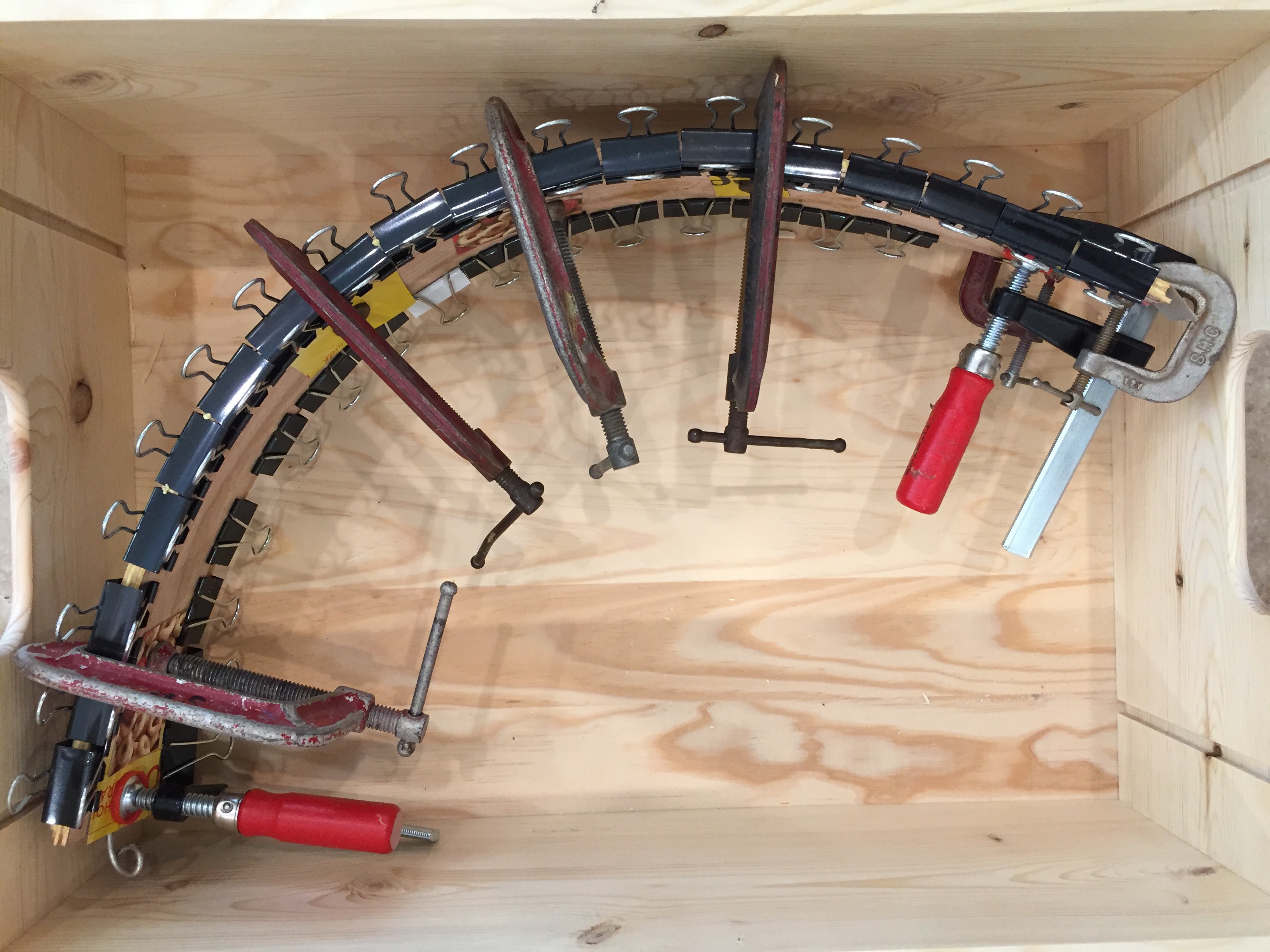

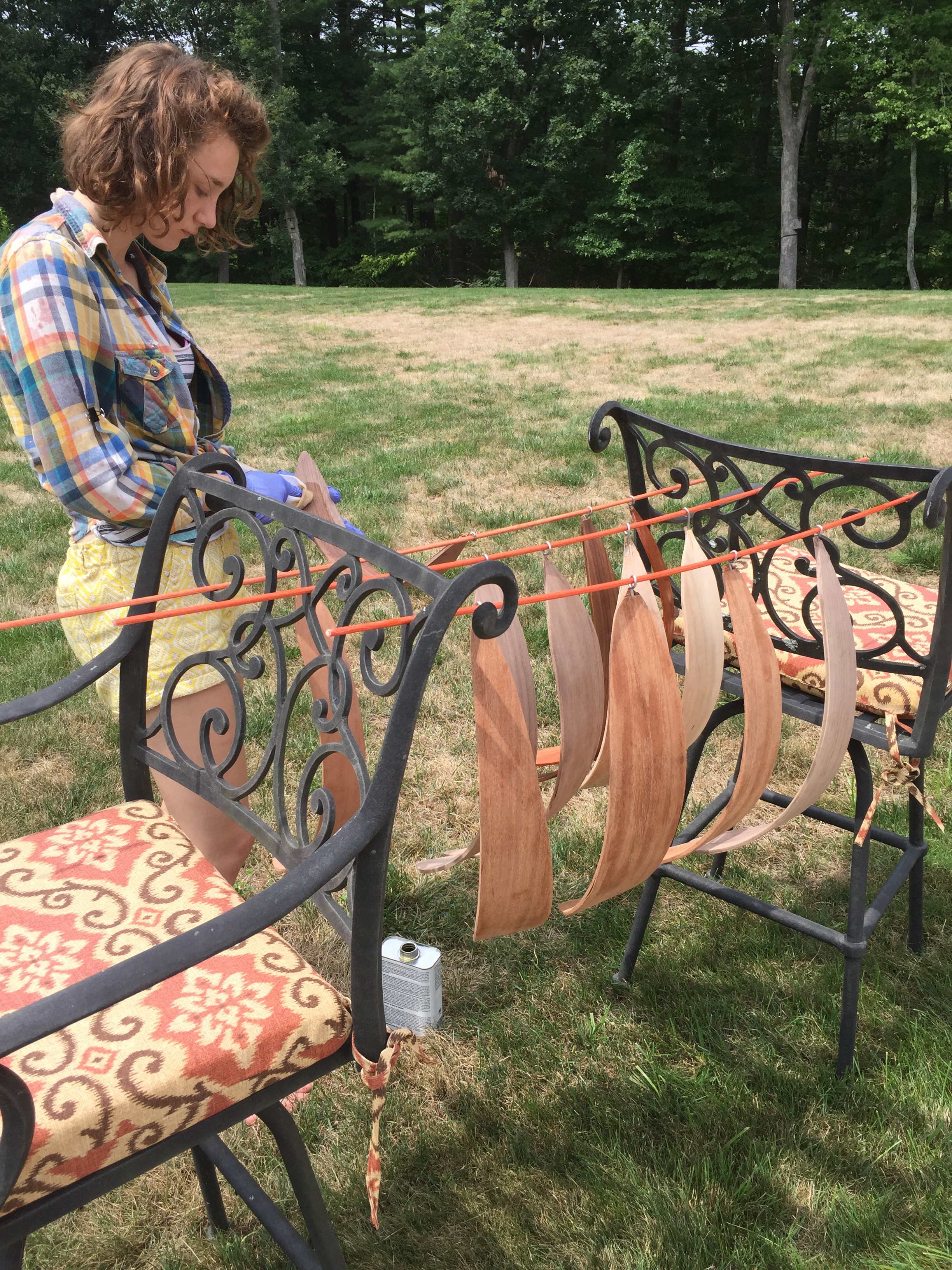
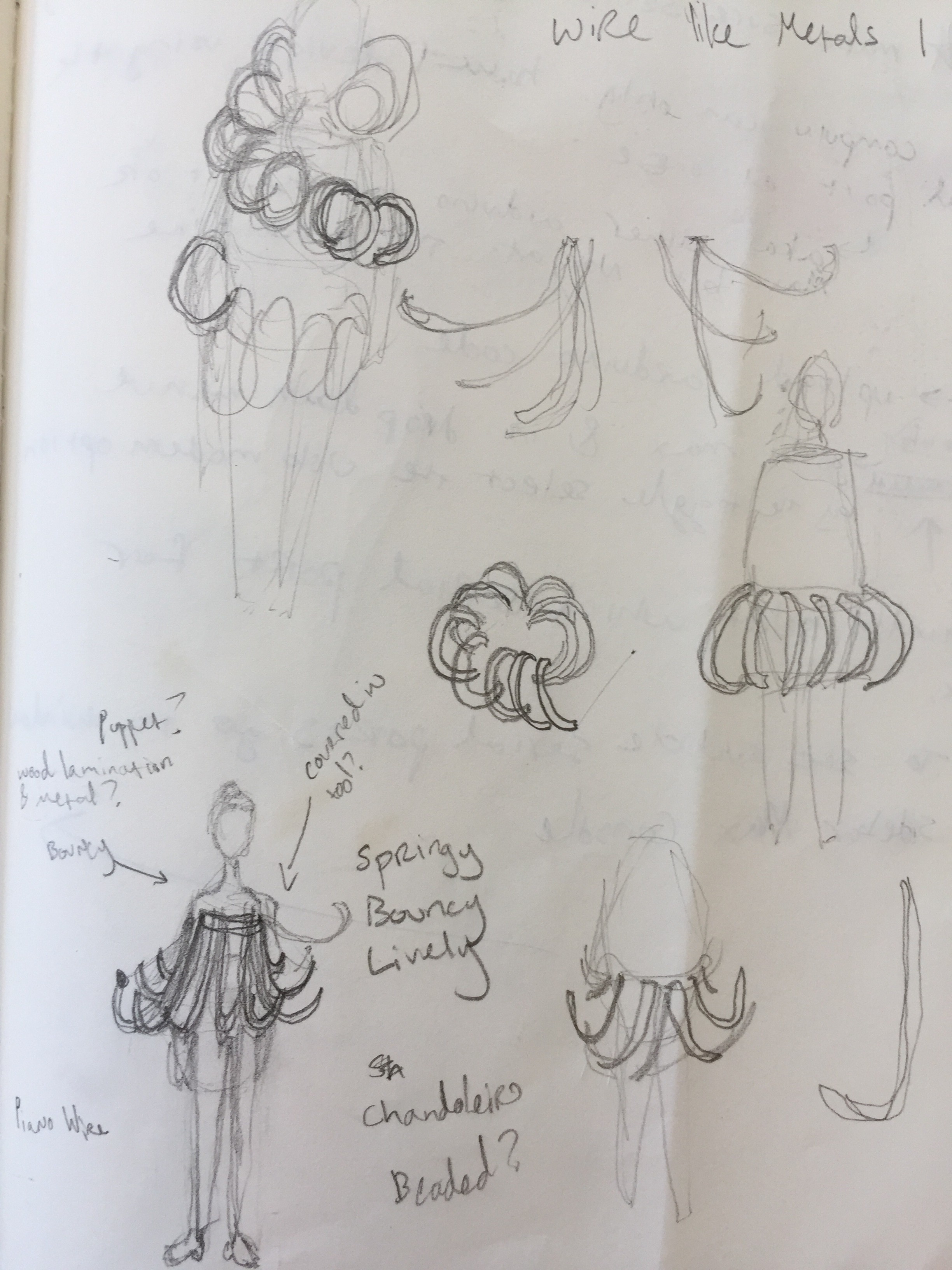
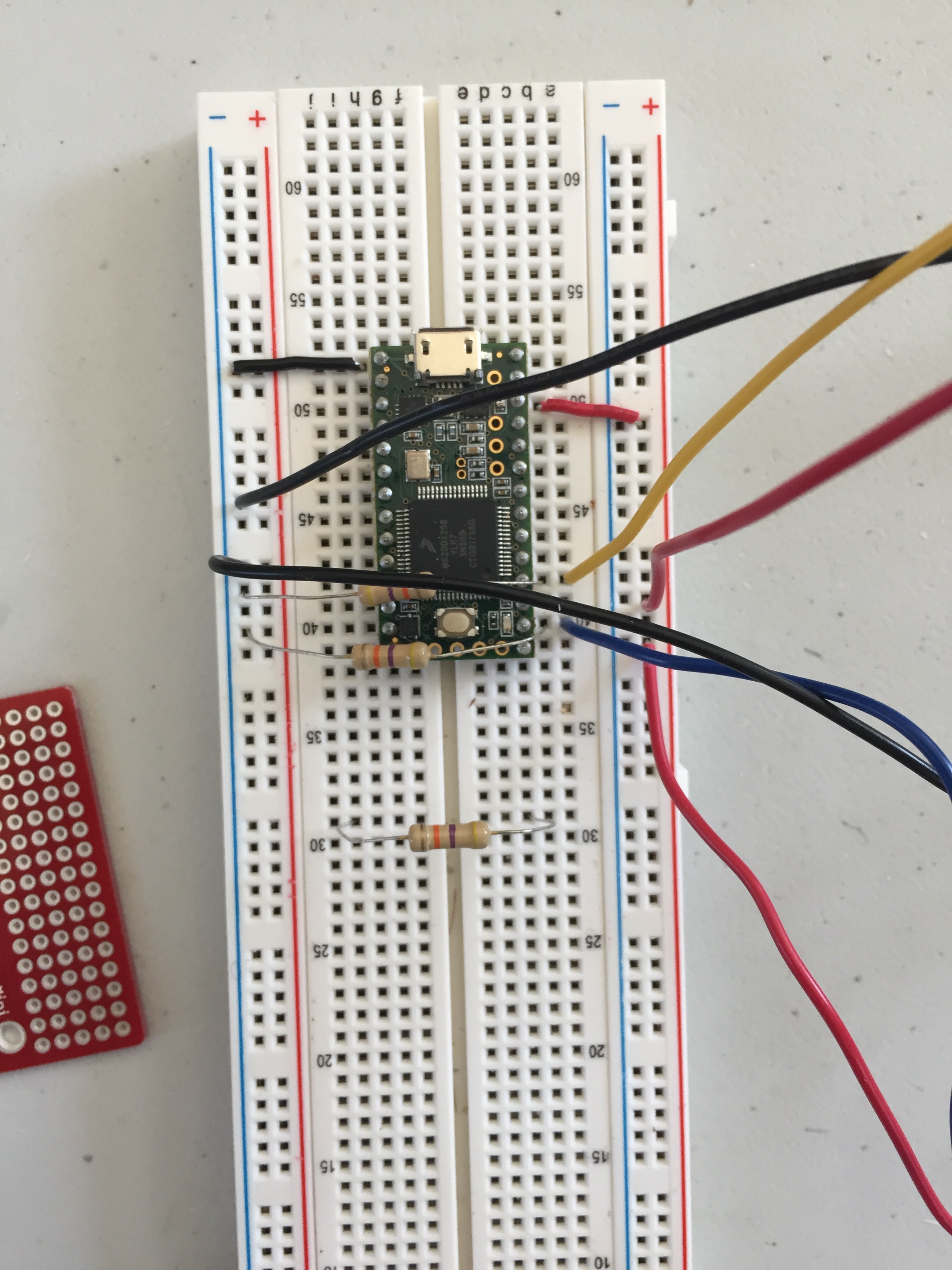

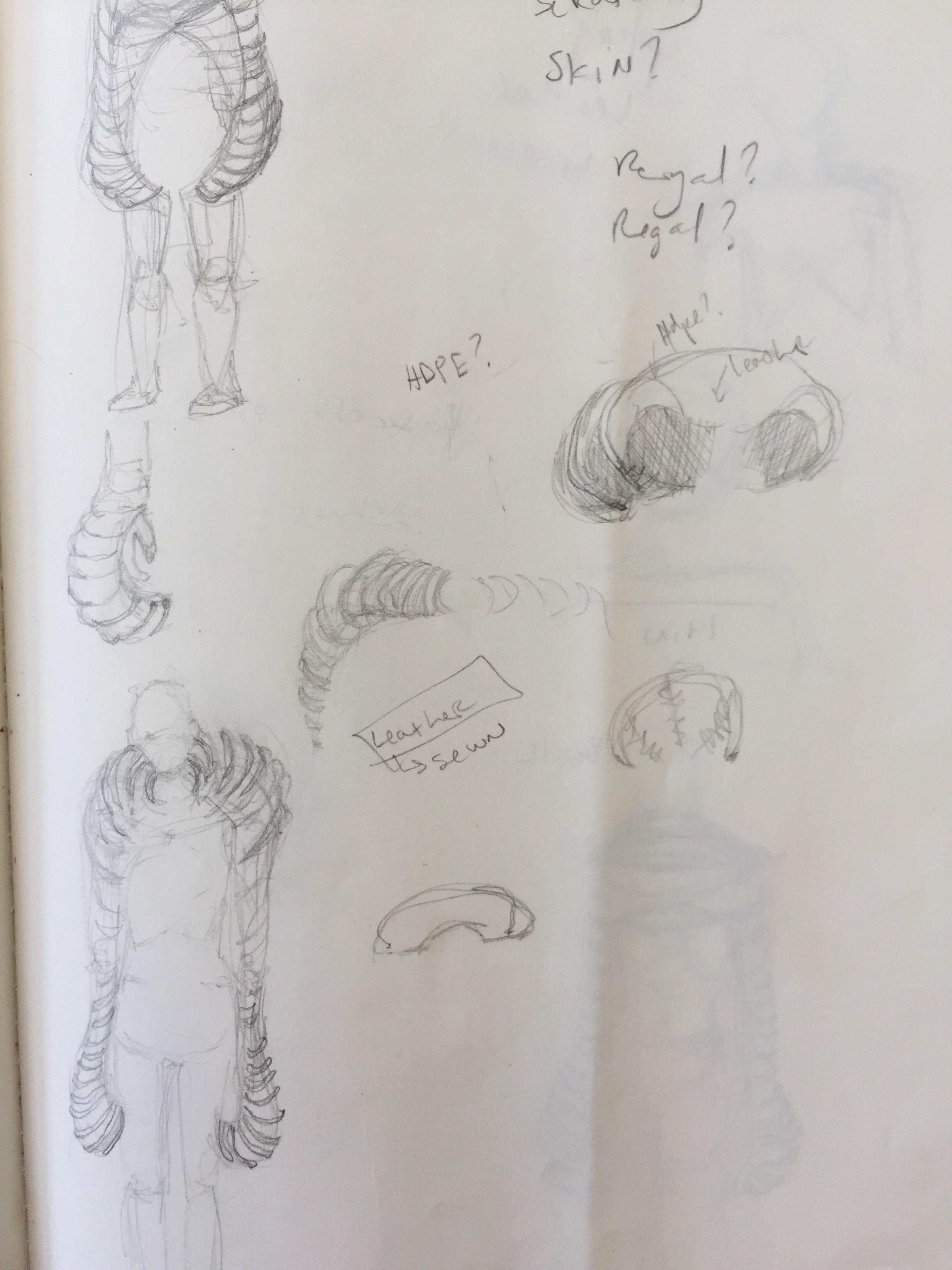
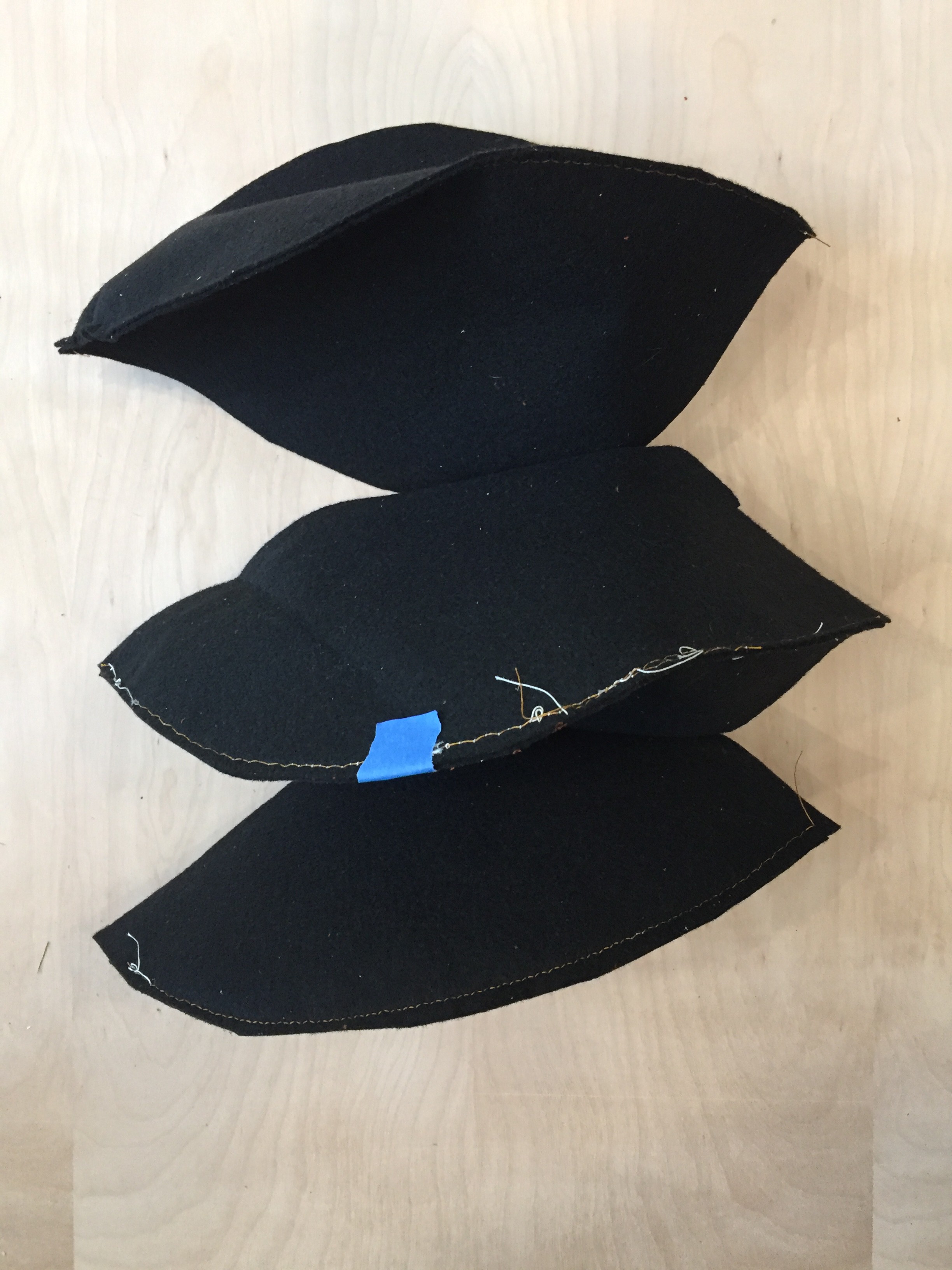

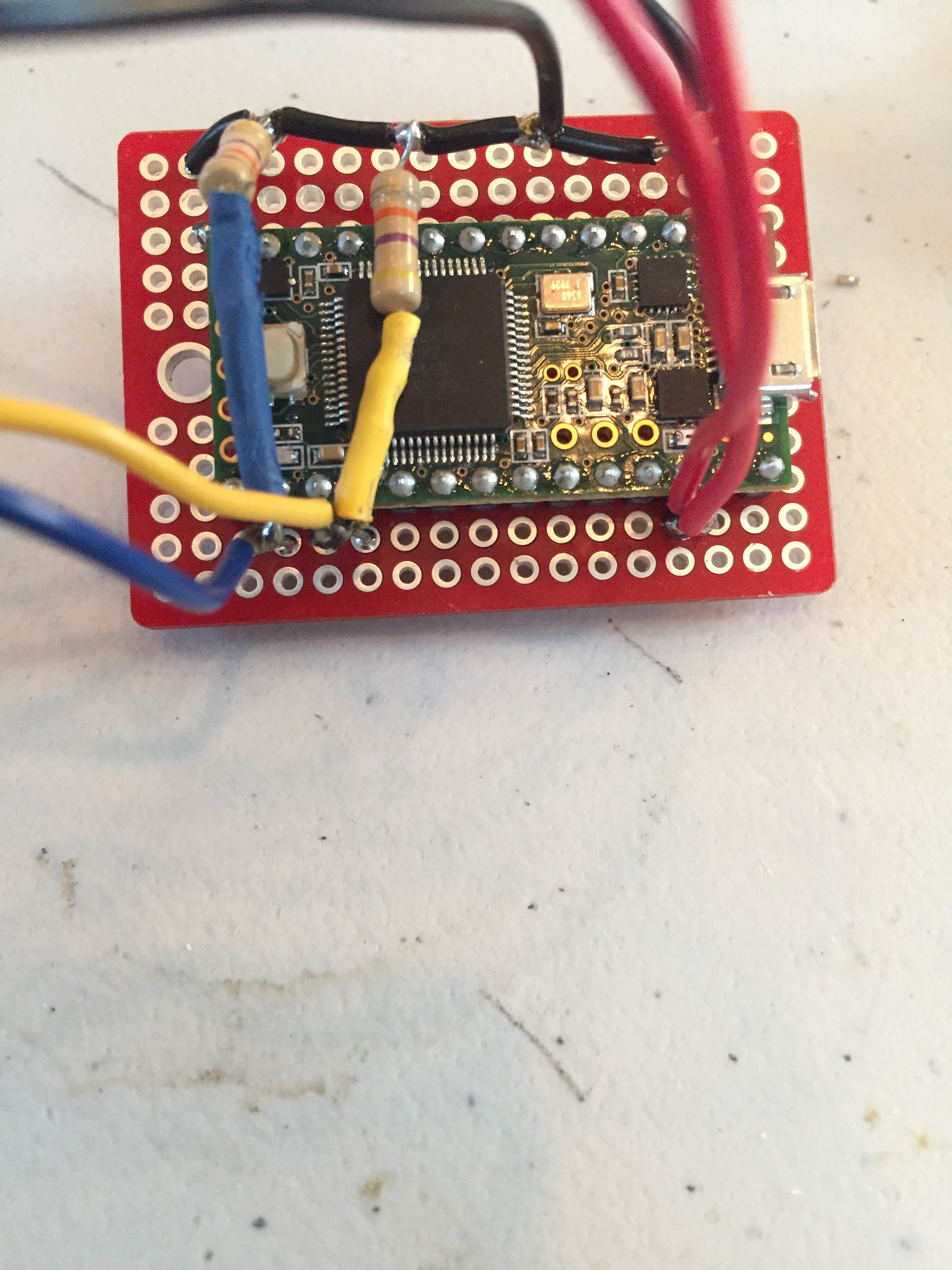
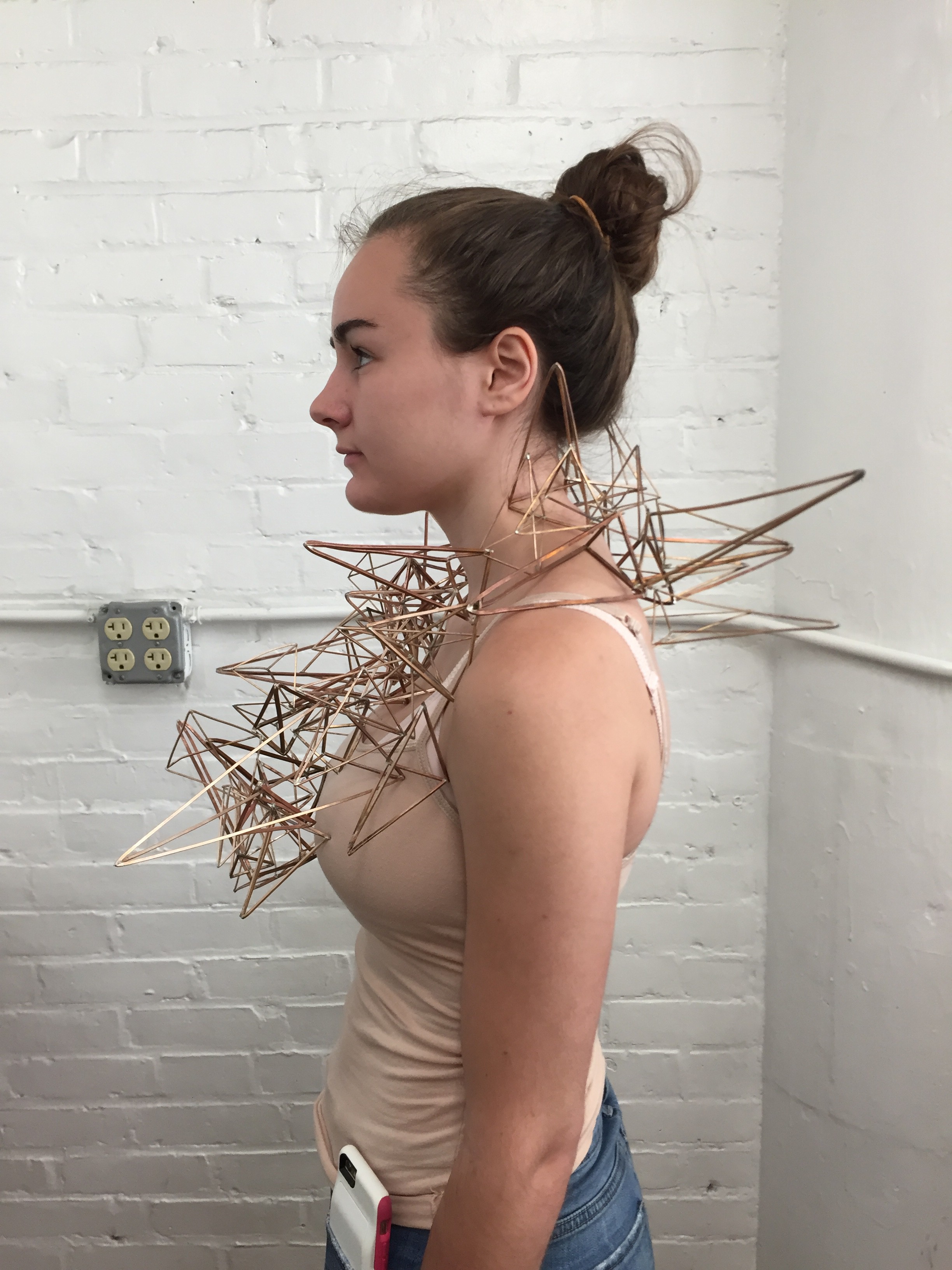

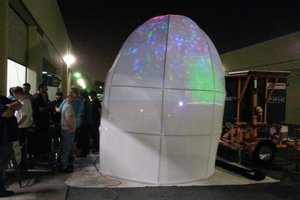
 T. B. Trzepacz
T. B. Trzepacz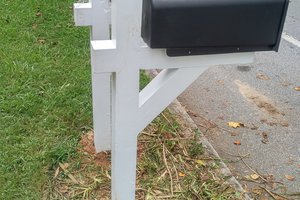
 Scott G
Scott G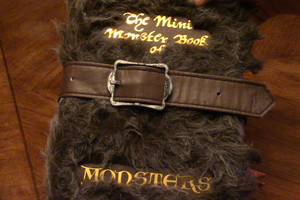
These are looking so classy and amazing design of musical prosthetics program. I want to apply the same for womens heel sandals store page.